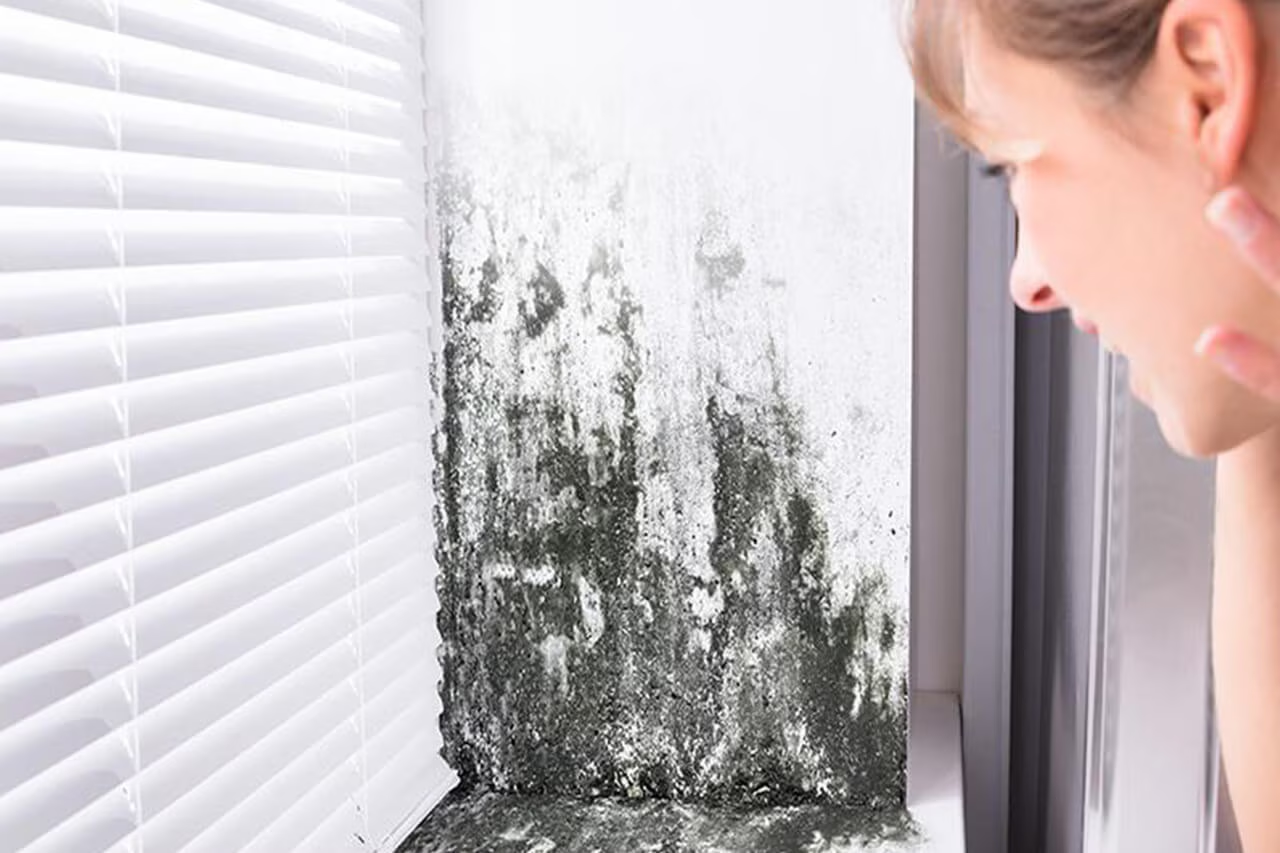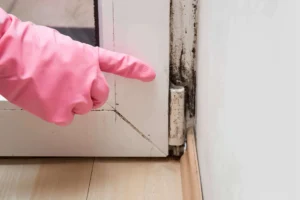Stop Water Before It Starts: Smart Ways to Weatherproof Your Home and Prevent Mold Growth
When people think of home maintenance, they often picture fresh paint or new windows. But one of the most overlooked—and most important—forms of home protection is weatherproofing against water intrusion. Moisture is sneaky. It creeps into the smallest cracks, seeps under doors, and hides behind walls until it creates a breeding ground for mold. At Fun Guy Inspections, we’ve seen how something as simple as a tiny roof leak or a poorly sealed window can lead to costly mold remediation down the line. The good news? Preventing it is entirely possible with the right strategy and a bit of foresight.
Below are some practical and often-overlooked ways to weatherproof your home and protect it from water intrusion and mold growth.
1. Inspect and Maintain Your Roof Regularly
Your roof is your first line of defense against water damage. Over time, weather conditions, UV rays, and wind can cause shingles to crack or lift. Water can then slip underneath and make its way into your attic or ceiling.
Schedule roof inspections at least twice a year—once before the rainy season and once afterward. Look for curled shingles, damaged flashing, or any buildup of leaves and debris that might trap moisture. If you notice dark patches on your ceiling, take it as a sign of hidden leaks rather than just “stains.”
2. Seal Cracks Around Windows and Doors
Even a hairline gap around your window frames can allow moisture to sneak inside, especially during heavy rainfall or wind-driven storms. Re-caulk around your windows every few years using a high-quality waterproof sealant.
For doors, add or replace weatherstripping along the edges to keep both water and drafts out. Not only will this reduce the risk of water intrusion, but it will also make your home more energy efficient—a double win.
3. Clean and Direct Your Gutters Properly
Gutters and downspouts play a crucial role in guiding rainwater away from your home’s foundation. But when they’re clogged with leaves, twigs, and dirt, water has nowhere to go except over the sides and into your walls or basement.
Make a habit of cleaning your gutters every few months, especially before the rainy season. Ensure that downspouts direct water at least six feet away from the base of your home. Consider installing gutter guards to minimize future blockages.
4. Check the Grading Around Your Home
If the soil around your house slopes toward the foundation, rainwater will naturally flow right into it. This increases the risk of basement leaks and mold growth behind walls.
Re-grade your yard so that the soil slopes away from the house. A slight downward angle is all it takes to redirect water safely away from your foundation. You can even add decorative rocks or drainage channels to improve both aesthetics and water flow.
5. Don’t Forget the Attic and Basement
These two areas are hotspots for moisture accumulation. In the attic, poor ventilation can trap humid air, leading to condensation and mold on wooden beams. In the basement, groundwater seepage or condensation from cold walls can cause similar issues.
Install proper ventilation in the attic and consider a vapor barrier in the basement. Using a dehumidifier in both spaces can help maintain ideal humidity levels—typically below 50%.
6. Inspect Plumbing and Appliances for Hidden Leaks
Sometimes, the problem isn’t outside but inside. Hidden plumbing leaks behind walls, under sinks, or near appliances can lead to slow, consistent moisture buildup that eventually causes mold.
Regularly check the areas behind your washing machine, refrigerator, and dishwasher. Look for soft drywall, bubbling paint, or musty smells. Address leaks immediately to avoid long-term structural damage.
7. Waterproof Your Exterior Walls
Your exterior walls face the brunt of the weather. Applying a waterproof sealant or breathable coating can provide an invisible shield that prevents moisture from seeping in while still allowing trapped vapor to escape.
If your home has brick or stucco siding, inspect for cracks or deteriorating mortar. Fixing these small imperfections now can prevent much larger issues later.
8. Schedule a Professional Moisture Inspection
While many of these tasks are easy to do yourself, moisture intrusion often hides behind walls, ceilings, and insulation where you can’t see it. That’s where professional expertise comes in. A moisture or mold inspection from Fun Guy Inspections can detect early signs of water damage using specialized tools that go beyond the surface. Whether you’re buying a new home or maintaining your current one, an expert inspection can save you from major repairs in the future.
9. Stay Vigilant After Heavy Rain
After a strong storm, take a quick tour around your property. Check the roofline, basement corners, and around windows for any damp spots. Early detection is your best defense—addressing issues right away prevents them from escalating into a full-blown mold problem.
A Little Maintenance Goes a Long Way
Water intrusion and mold growth often start small, but their impact can be massive. By staying proactive, inspecting key areas, and taking simple preventive steps, you can protect your home’s structure and your family’s health.
If you ever suspect hidden moisture, don’t wait for the problem to worsen. Fun Guy Inspections is here to help you identify, prevent, and resolve water-related issues before they grow into something bigger.


